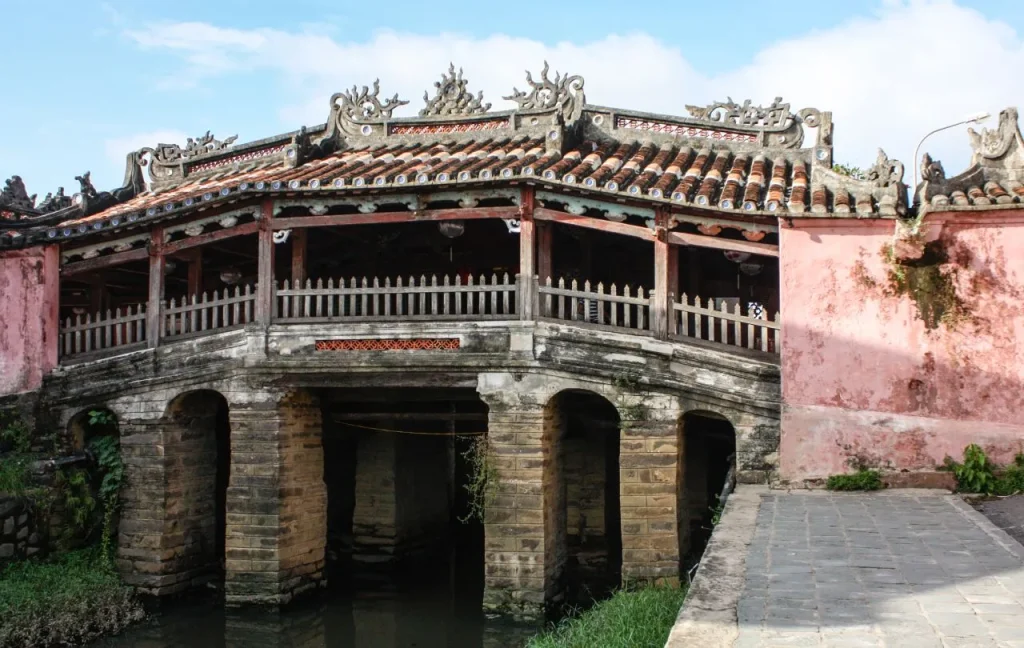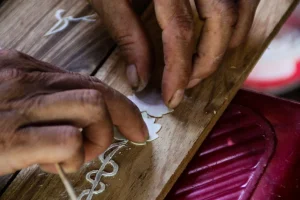Known as Faifoo in the 15th century when it hosted Chinese, Japanese, Dutch, Portuguese, Indian, French, and British ships among others, modern-day Hoi An retains much its charm. Designated a UNESCO World Heritage Site in 1999, Hoi An’s Ancient Town is an extremely well-preserved example of a medieval Southeast Asian seaport with over 800 remaining heritage buildings, including Chinese temples and Japanese merchant houses, many with photogenic clay-tiled roofs and ochre-colored walls.
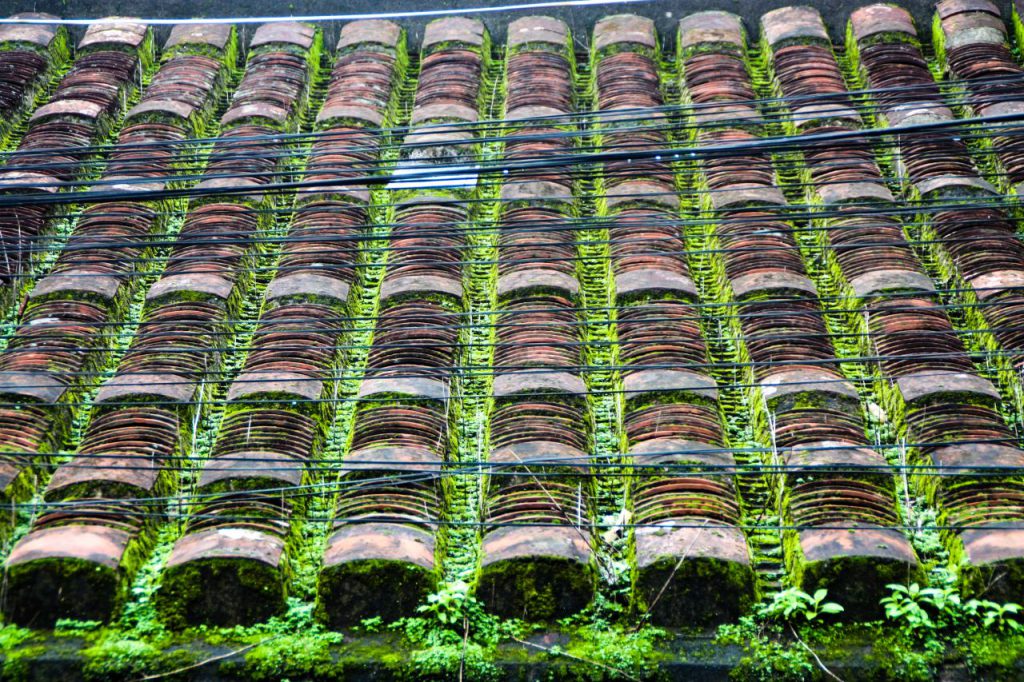
While its UNESCO inscription has brought along an increased number of tourists, the town is still well worth a visit, with the additional perk of having hundreds of tailor and leather shops ready to turn your wildest dreams into reality in just a day or two.
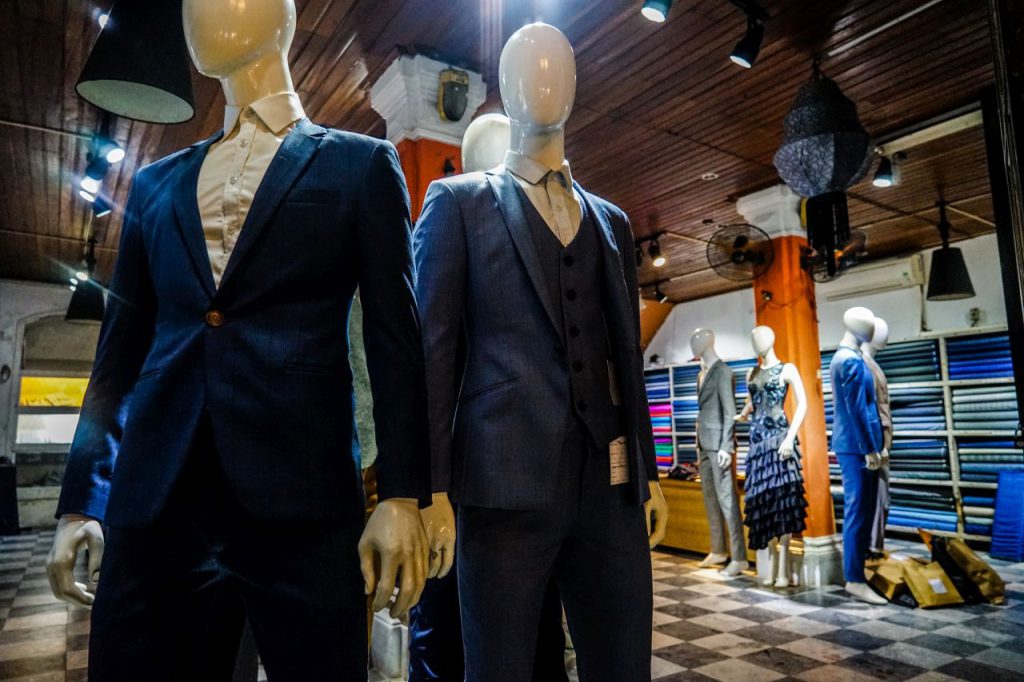
Here are some of our favourite attractions in atmospheric Hoi An:
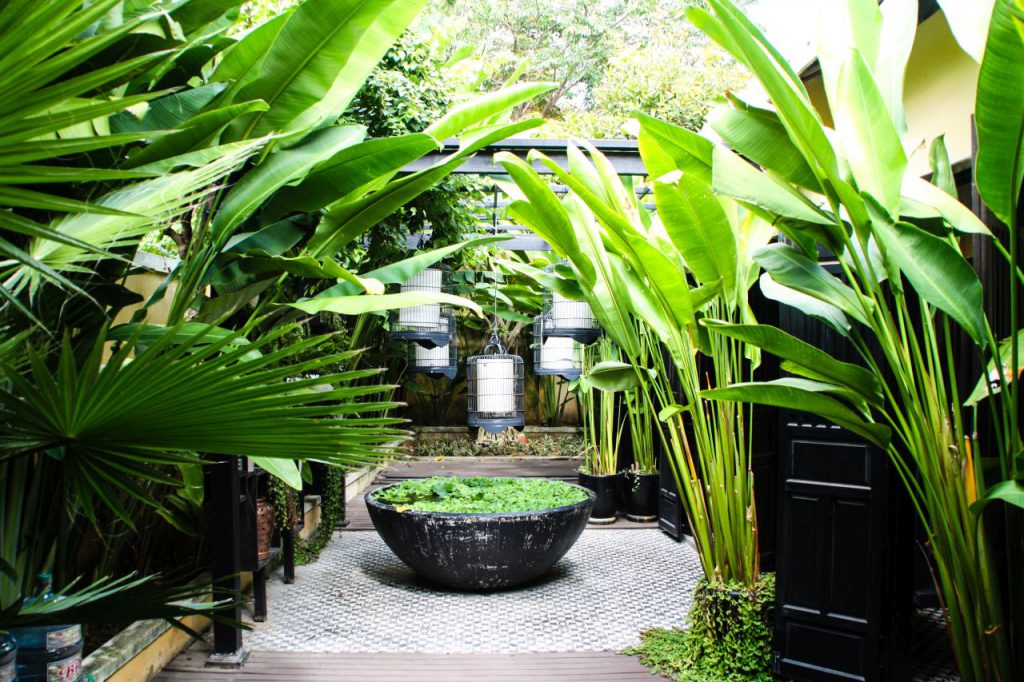
Japanese Covered Bridge: Likely the most famous of Hoi An landmarks, this pretty wooden bridge was originally built in the late 16th century to connect the Japanese quarter with the Chinese part of town. Look for a pair of statues on either end (monkeys on one side and dogs on the other). There’s also a small shrine in the middle. Even if you see the bridge during the day, come back at night when it’s all lit up for a completely different view.
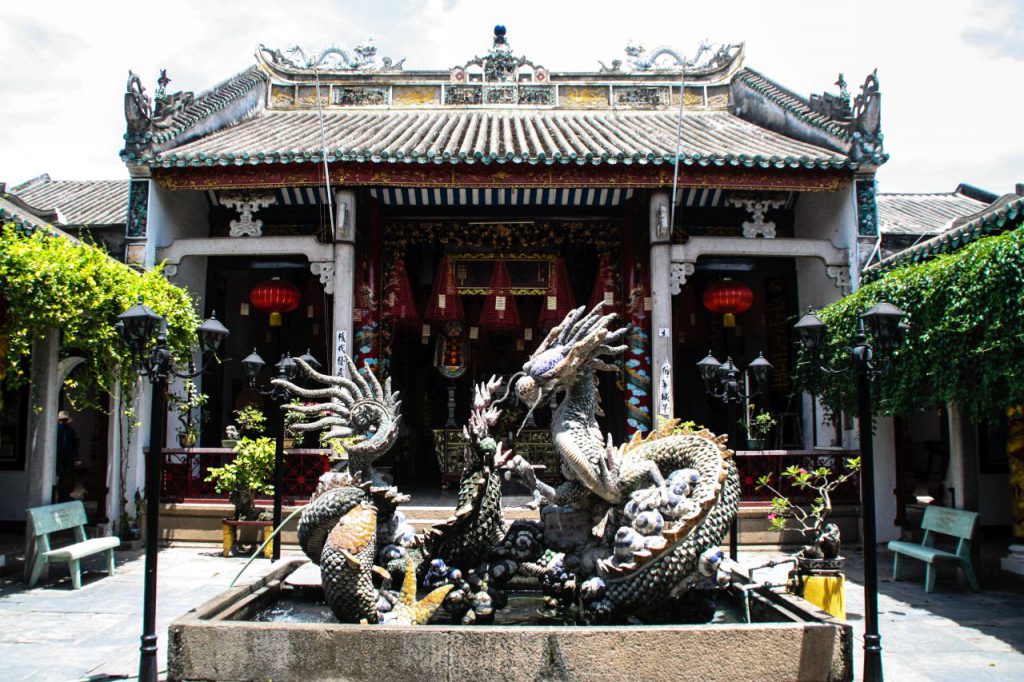
Assembly Hall of the Fujian Chinese Congregation: When Chinese merchants eventually settled in Hoi An, each community built its own assembly hall, a place for compatriots to socialize and do business. Hoi An has a few of these, built by communities from Hainan, Chaozhou, and Canton. The Fujian Assembly Hall is special in that it was later transformed into a temple to worship Thien Hau, a deity from Fujian believed to protect travellers on the sea. Check out the display of fairies and midwives in the last chamber, a popular spot for couples to come and pray for children. (35 Tran Phu)
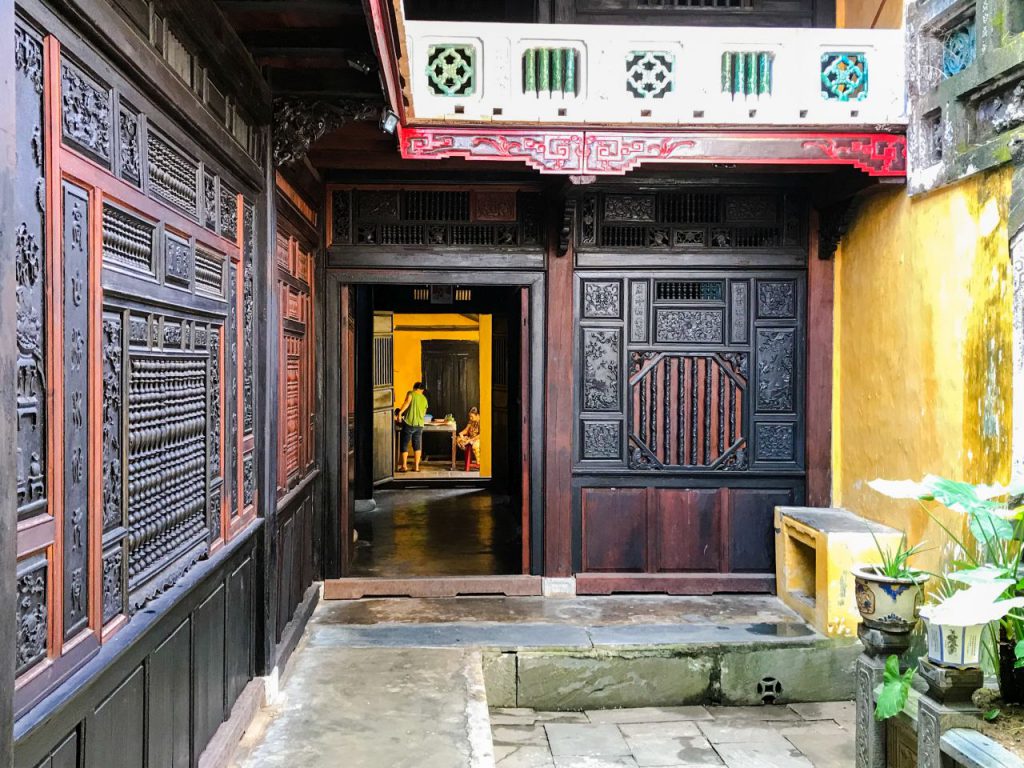
Quan Thang House: There are a few ancient houses in Hoi An which offer a glimpse into what life might have been like centuries ago. Traditionally made of wood (without the use of nails!), some of these houses have been exceptionally well-preserved, like the 300-year-old Quan Thang House (77 Tran Phu). Notice the Japanese and Chinese decorative elements inside, as well as the beautiful inlaid mother-of-pearl on some of the teak walls and pillars. There’s also a small, sunny courtyard inside the otherwise dark house. Way in the back, you may even find some ladies handmaking white rose dumplings to sell at the eatery just next door which make for a great little snack.
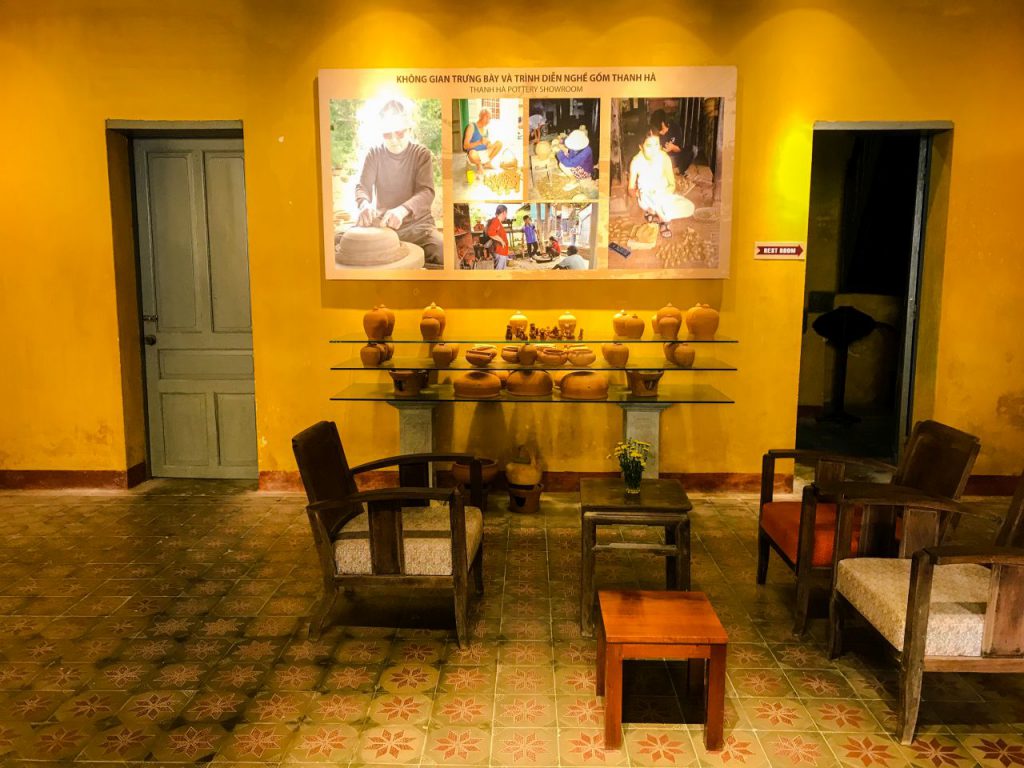
Museum of Sa Huynh Culture: Before Hoi An was a medieval Vietnamese seaport in the 15th to 19th centuries, it was part of the Champa Empire, a seafaring nation which ruled over parts of coastal Vietnam. And before that, some 2,200 years ago, it was part of the Sa Huynh civilization. The museum (conveniently right next to the Japanese Bridge), has two floors of artefacts excavated from the area, including objects from made stone, bronze, gold, glass, and ceramic.

Cam Kim Island: Hoi An’s beautiful wood frame houses were traditional built by woodworkers from Kim Bong village on nearby Cam Kim Island. The single-craft village still has workshops producing gorgeous wood furniture inlaid in mother-of-pearl as well as a shipyard. For something more traveller-size, there are small wood souvenirs carved here as well. Walk around the rustic village with the sound of hammers and chisels in the air.
Ba Le Well: Hoi An’s famed Cao Lau noodles are really only found in Hoi An because part of the making of these chewy udon-like noodles requires water from this specific well to mix with the ash from a certain kind of tree on the Cham Islands. While alternate sources are now used, this unassuming well remains a landmark of Hoi An. The Ba Le Well Restaurant a few alleyways over also serves up some delicious banh xeo or savoury crepes filled with pork and shrimp.
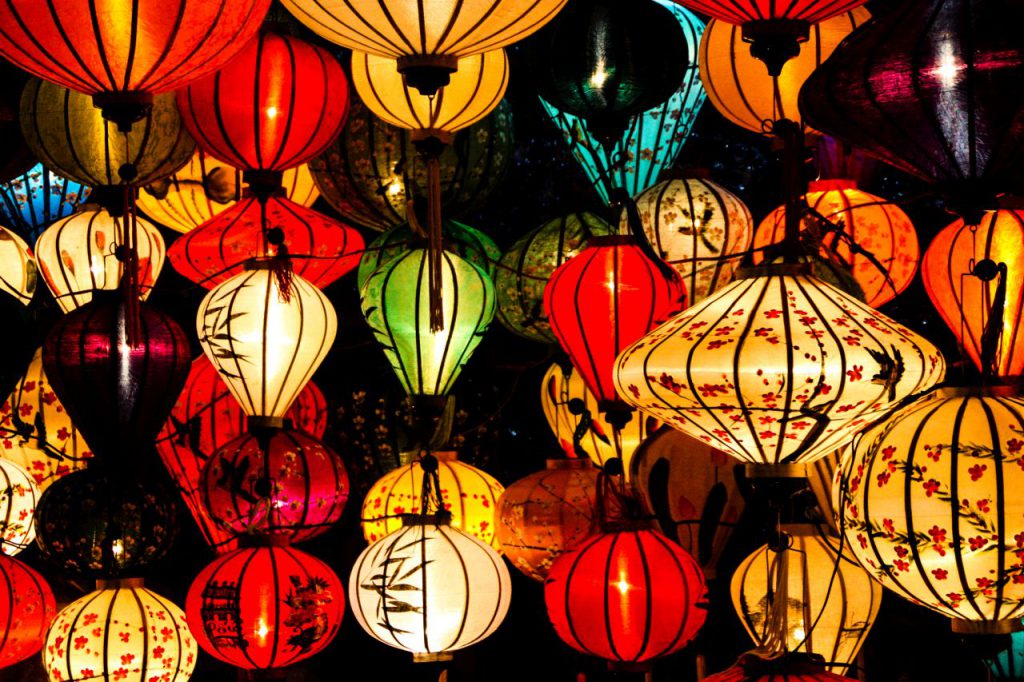
Full Moon Festival: If you’re able to time your visit to Hoi An on the 14th day of each lunar month, you’re in for a treat. Electric lights are turned off and brightly coloured silk lanterns light up the streets instead. You can often find traditional singing and musical performances by the riverside as well as vendors selling paper lanterns to be released on the Thu Bon River, carrying with them your hopes and dreams.
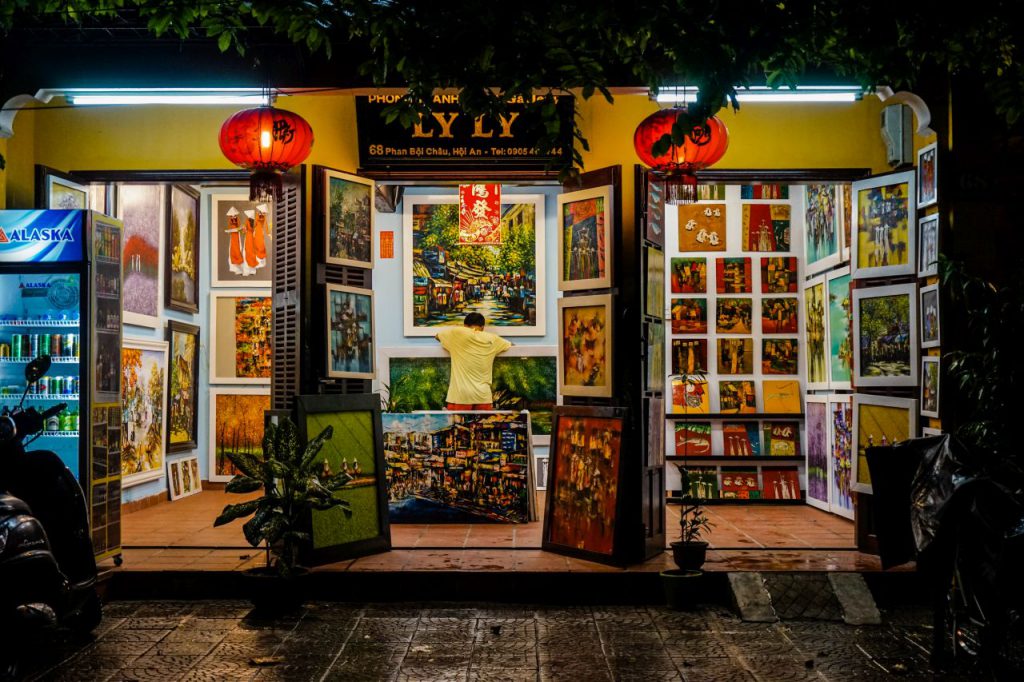
Rue des Arts: On leafy Phan Boi Chau, just east of the Hoi An Market, you’ll find a selection of art galleries and boutiques on a street that looks like it’s been lifted from Europe. The Precious Heritage photo gallery has a free museum in the back featuring photos and artefacts from all 54 of Vietnam’s ethnic minorities and the March Gallery showcases work from various local and international artists including the charming watercolours of owner and British expat Bridget March.
These are just some of Hoi An’s many highlights. Let us know what we missed in the comments!
While Hoi An’s Ancient Town has much to see and do, consider basing yourself out of Victoria Hoi An Beach Resort & Spa, set on Cua Dai Beach just a 10-minute complimentary shuttle ride away from the Ancient Town. Spend the day sightseeing, shopping, and wandering and come back to a peaceful oasis far from the crowds situated on our own stretch of golden sand beach. The resort’s low-rise, clay-roofed buildings, ochre-coloured walls, and calming water features all take inspiration from the Ancient Town itself – truly the best of both worlds!
For more on Hoi An, including tips on getting clothes tailored, click here.
Images by James Pham
